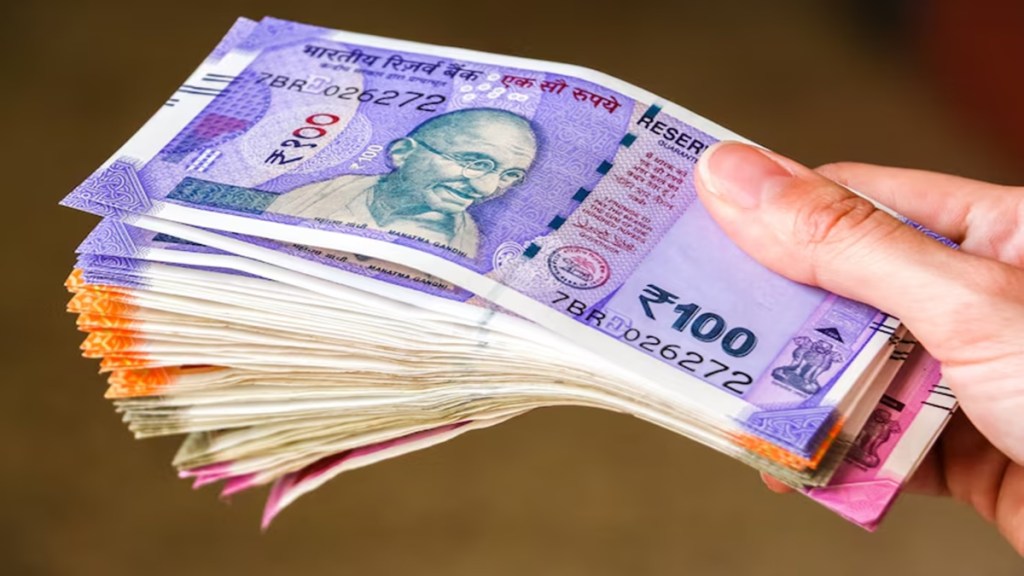The rupee’s sharp slide has the immediate effect of jacking up imported inflation. It also has adverse fiscal implications as higher costs of imported fertilisers, crude oil and natural gas could inflate the subsidy bill. The situation is compounded by the spike in crude prices after a rather long spell of relatively moderate rates – Brent surged past $81/barrel on Monday. Typically, prices of several commodities, including key industrial feedstock, move in tandem with crude.
Any rise in costs of imported coal or steel could result in economy-wide cost-push inflation. White goods and electronic items could get costlier for consumers. The price rise will initially be limited to imported finished goods, but over time, domestically manufactured ones, too, may turn dearer as even these have substantial import content, and companies may opt to pass the rising costs.
A major effect of the rupee’s fall will be on India’s $100-billion industrial goods imports from China. These imports could become expensive. The volatility in global exchange rates might increase over the next few weeks when Donald Trump unveils his tariff measures. Trade and currency market experts, however, expect things to settle down in the second quarter of the next fiscal.
Ajay Sahai, CEO, Federation of Indian Export Orgamisations, said: “The currencies in Southeast Asia have depreciated more against the rupee, which has reduced India’s competitiveness in those markets. The structure of exports has also changed as a large number of front-line sectors like electronics, gems and jewellery and petroleum also depend on imports of inputs. So, the rupee depreciation is not playing an important role in increasing volumes.” This is why most exporters would like the rupee to remain range bound, rather than falling further.
Despite a steady indigenisation, about 30-40% of components across TV sets, ACs, washing machines and refrigerators are still imported. To be sure, smartphones assembled in India still have 80–90% import content.
Ajay Srivastava of trade think GTRI highlighted that India has a large dependence on imports, with goods imports alone standing at $650-675 billion. Key commodities like edible oil, crude oil, some varieties of coal, machinery and raw materials are imported, where the depreciation will directly lead to inflation. These commodities, however, are also inputs for export production, leading to evening out of the net impact.
The rise in crude import costs would have spillover effect on various industrial value chains. The petrochemical sector and the polymers-to-plastic industry may witness an increase in prices.
According to industry estimates, around 30% of raw materials used in cotton yarn intended for exports typically depend on imports. A major part of raw materials used in export yarns, including contamination-free cotton and variants like extra long staple (34MM+) cotton, predominantly comes from the US, Brazil and West Africa. These imports could turn costlier.
For airlines, there will be certain cost pressures to tackle if the rupee continues to fall. Costs of aircraft maintenance, purchase and lease, expat pilot salary, fuel cost (when refuelled outside of India) are typically priced in dollar terms.
As for the automobiles industry, companies that have not localised component purchases and have to depend on imports are already witnessing a squeeze on their margins. Battery cells are largely imported and have got expensive over the last few weeks.
“Petchem and polymers would also witness an increase in prices as crude prices rise. An increase in prices of these products for Indian consumers is likely as these are priced on import parity basis. The tolling margins of polyethylene and polypropylene producers have been low and may be adversely impacted if producers are not able to fully pass on price increases,” said Prashant Vasisht, senior vice president at ICRA.
Additionally, the rising cost of coal imports could translate into a low impact of 0.3 paise per unit of power sold by discoms at all-India level.
Weak currency would also push import prices or costs of two key agri commodities – edible oil and pulses. Trade sources said if the rupee continues to slide against the dollar, the impact would be significant as import contracts are signed months ahead of actual shipment.
